What the absolute mouse positioning on the 2020 Acura RDX does to your brain
Can a car interface improve on a computer mouse?
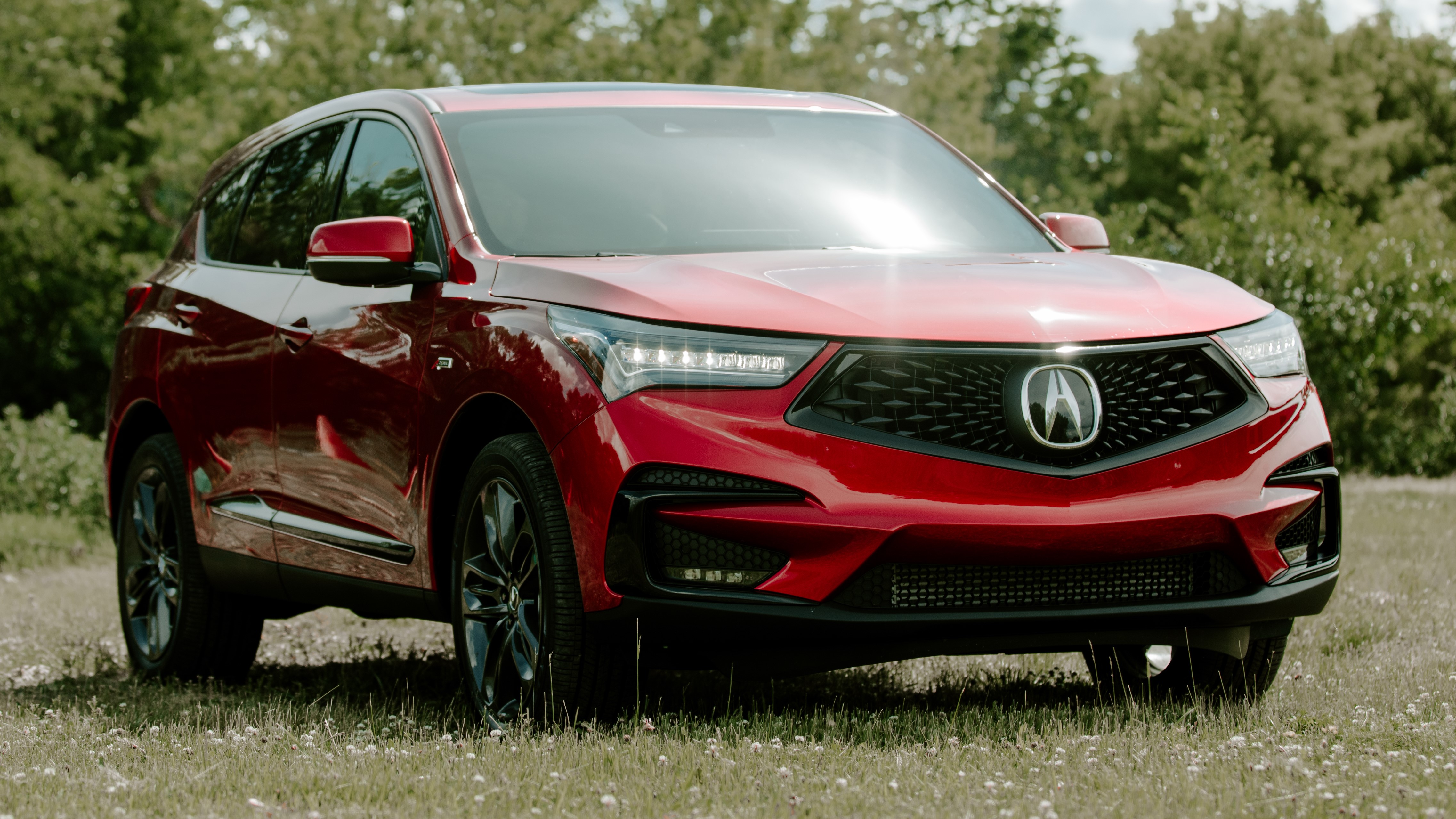
That’s the burning question with the new 2020 Acura RDX, which uses a redesigned touchpad interface. The key feature is absolute cursor positioning, which means when you touch the pad and move your finger, your selection is based on where you touch, not where you move.
To explain that a little more, imagine you want to select the navigation map. On most cars with a touchpad interface (like BMW, Audi and Lexus), where you press initially doesn't matter so much – it's where you eventually move your finger that counts.
On the RDX, if you see an icon for navigation on the upper left of the display, you can press the touchpad on the upper left and it will select that portion. This isn't the same as a computer mouse. There’s no 'absolute' location when you first reach over to use a mouse; instead, the arrow remains where you last left it.
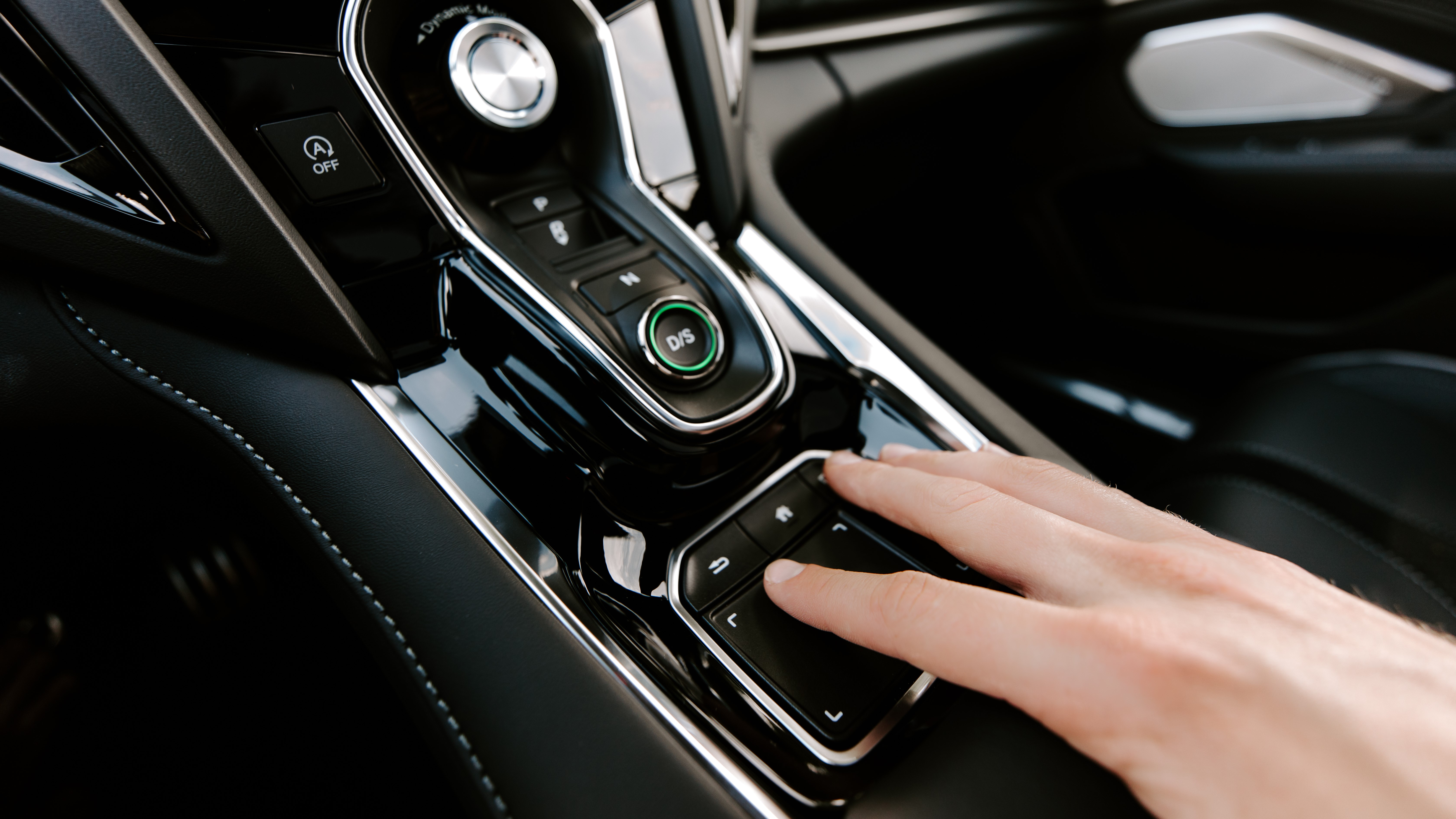
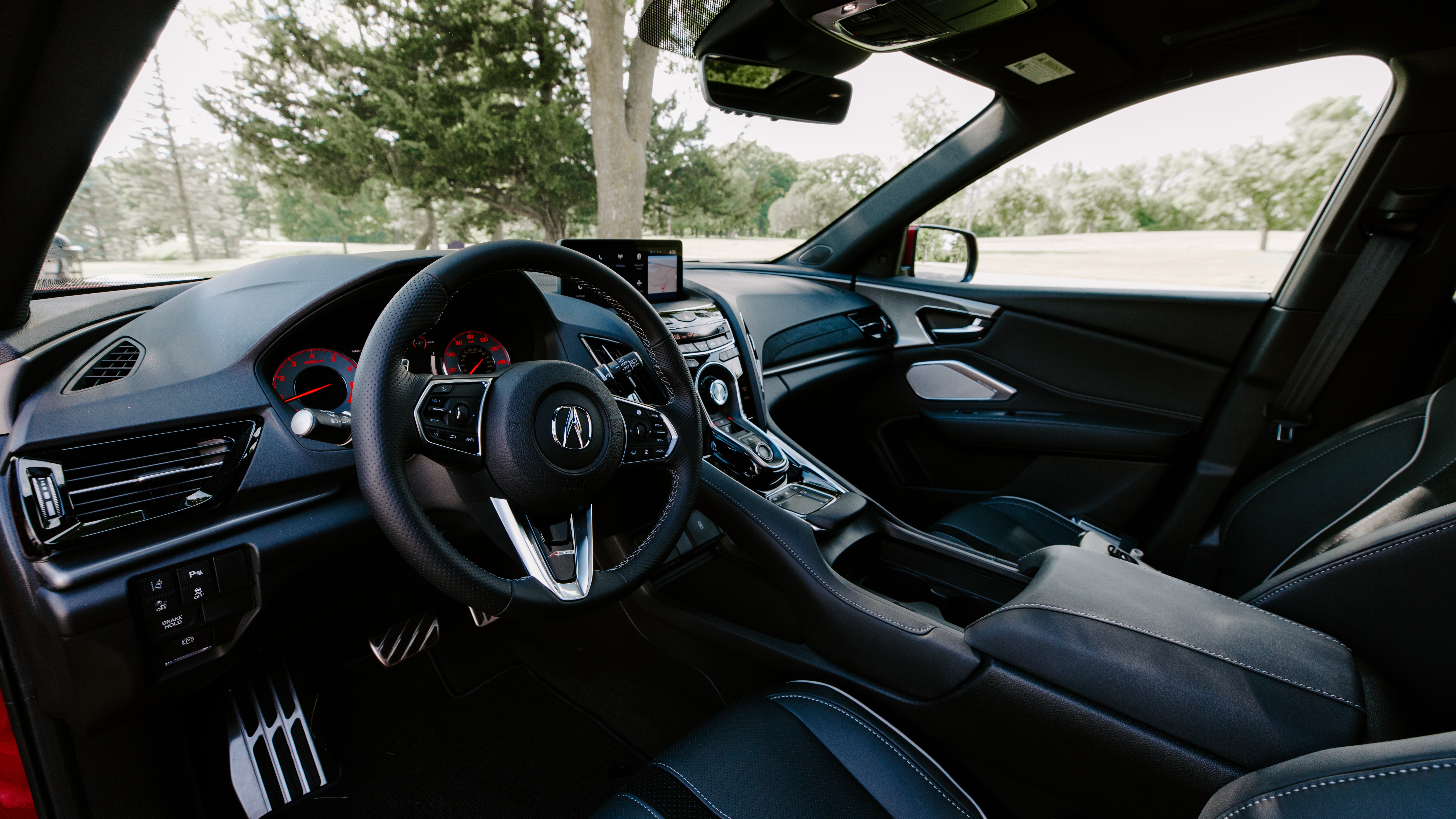
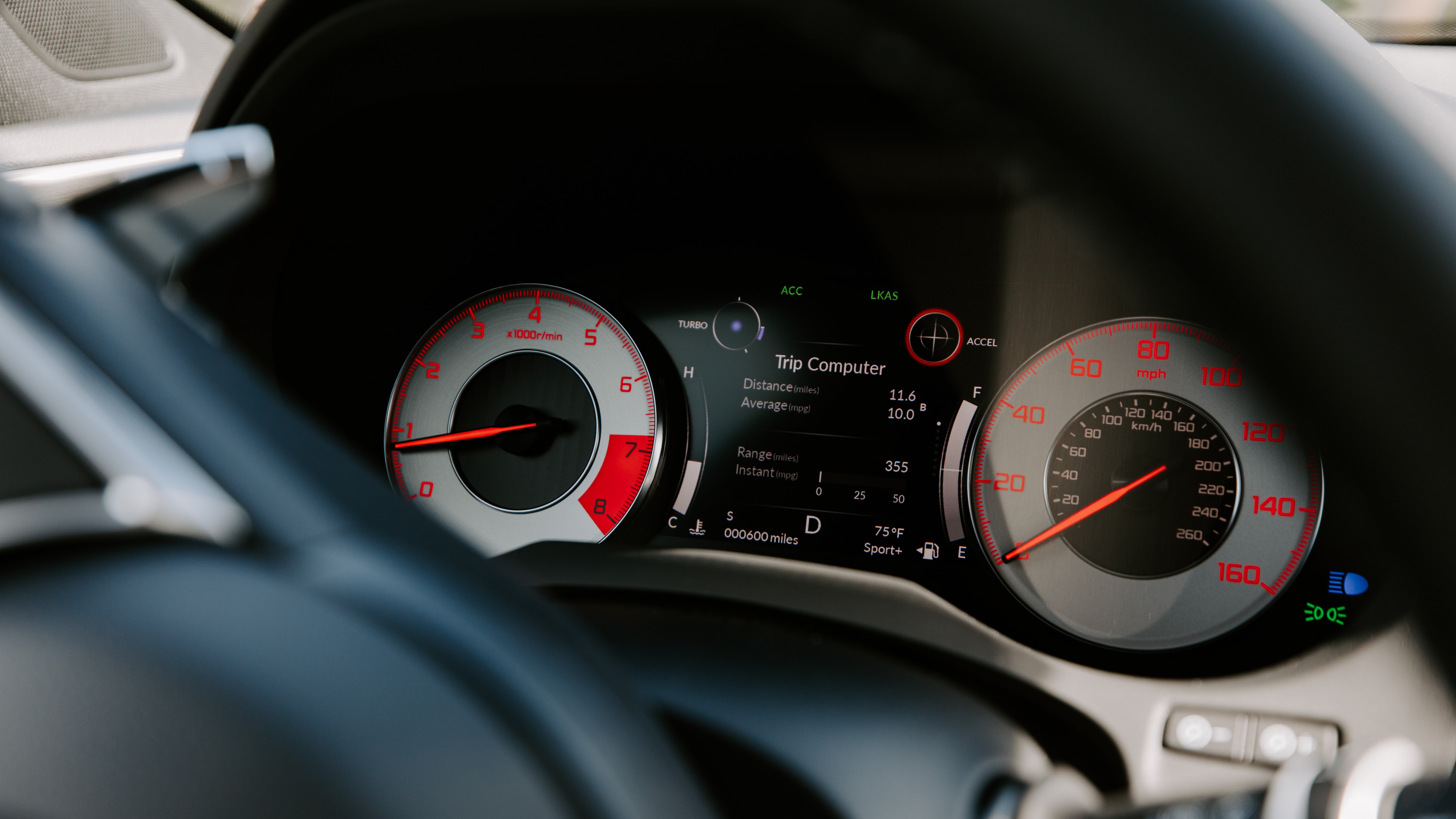
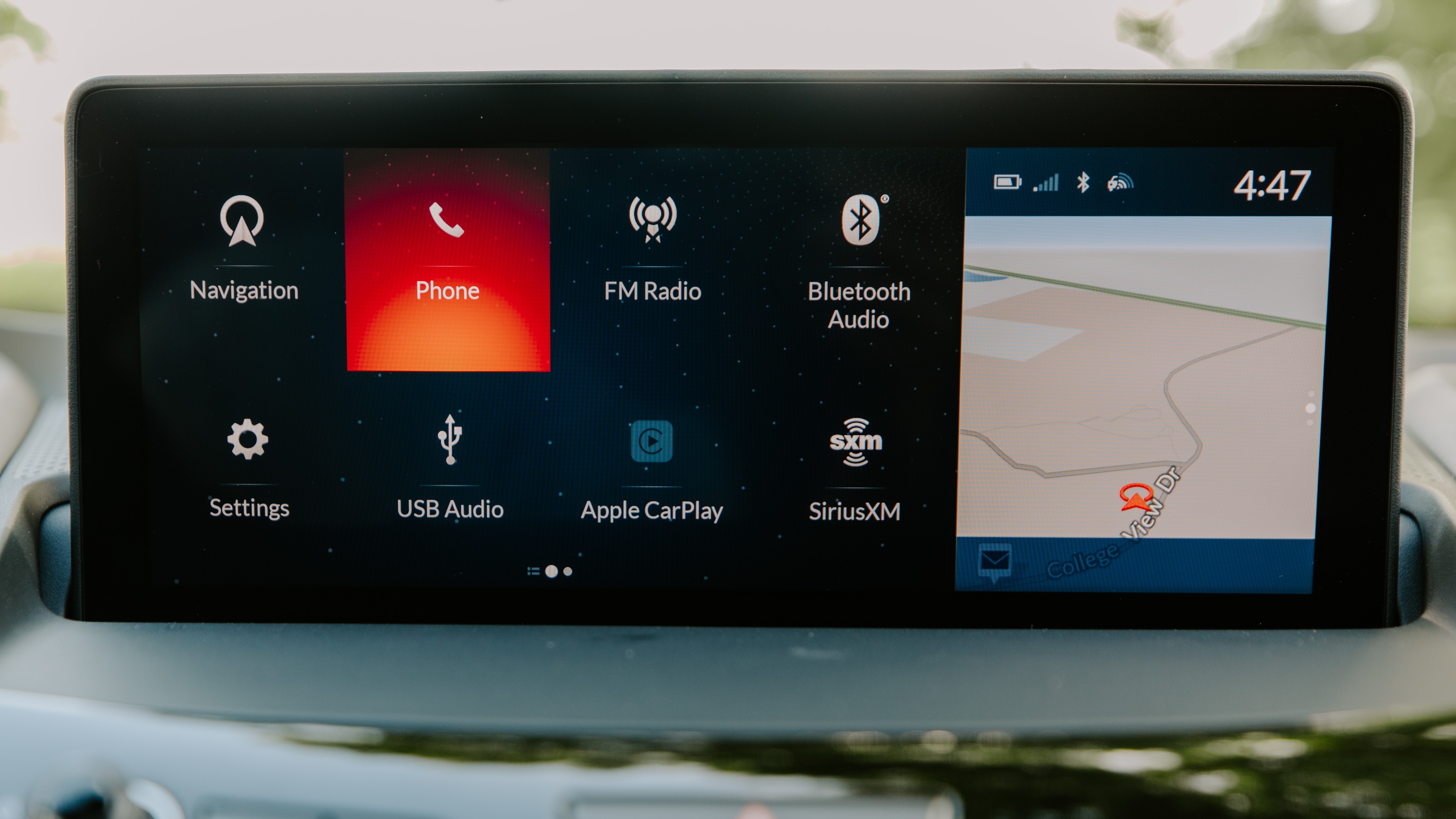
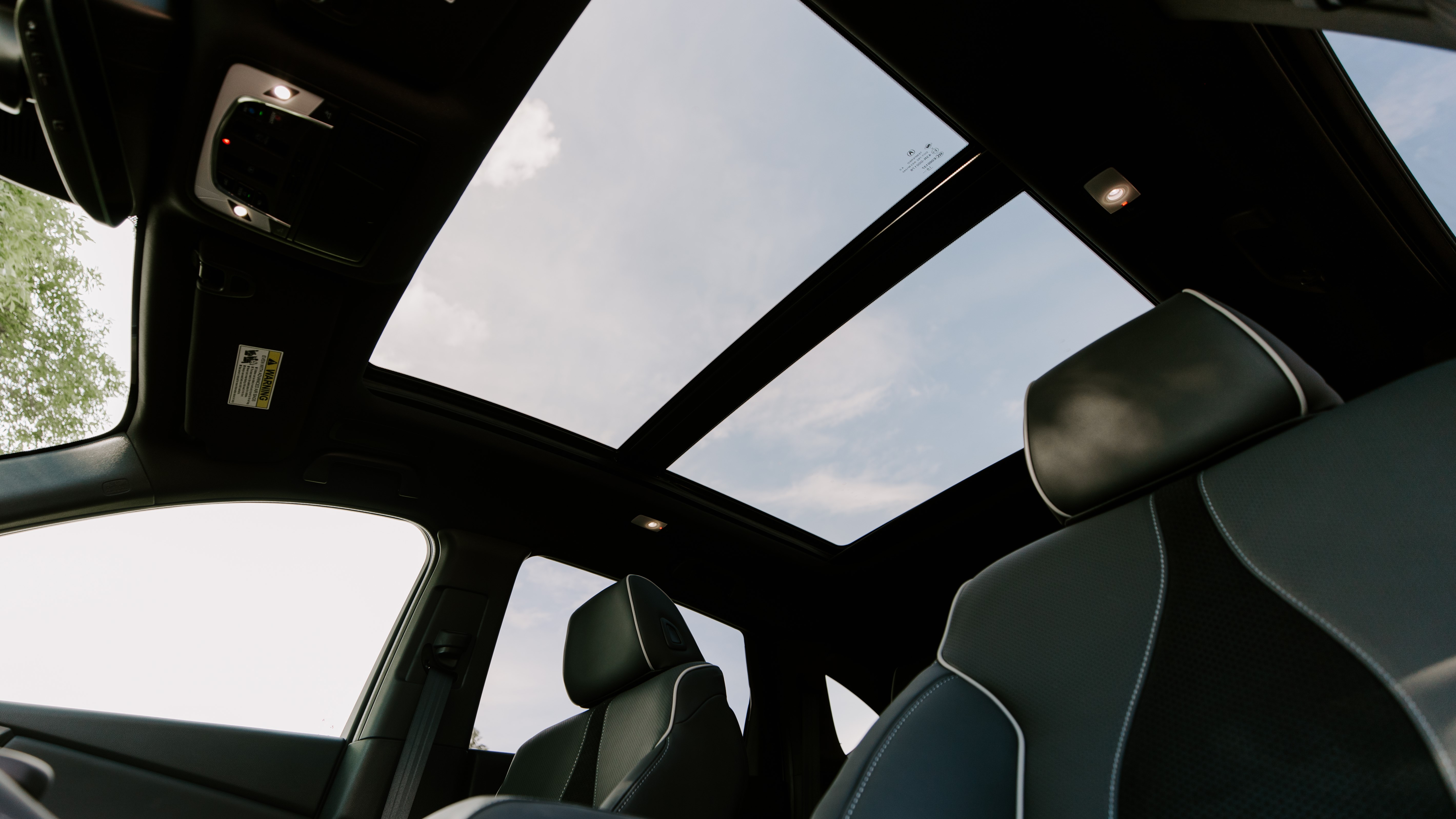
Say you're on a Windows computer and want to close a window. For the last few decades, we’ve had to start moving the mouse, realize where the arrow is located, then move over to that part of the screen and click. On the RDX, the innovation is that you can press on the touchpad where you want to select, and it makes a huge difference.
I liked how the cockpit of the RDX is arranged to make this all work so fluidly. The touchpad is just below the screen, but still not down in between the seats or nestled next to the gear shifter. Instead it is about halfway up the dashboard, a natural resting place for your hand as you drive.
No more dragging
In practice, once you know the pad uses absolute positioning, you can immediately click where you want to select, which not only takes less time, but is more responsive. You don’t have to run the cursor around as long. Note: if you still try to drag the cursor around like you do on a computer, a laptop, or those other luxury cars, it won’t work quite the same.
In my tests, the cursor pointed right to the selection I wanted. You can configure the screen to show more icons or fewer. The only slight drawback here is that Apple CarPlay and Android Auto don’t use the absolute positioning system yet. However, an Acura rep said a future over-the-air update will fix that for Android Auto. (It still works, but more like the typical mouse cursor.)
Get daily insight, inspiration and deals in your inbox
Sign up for breaking news, reviews, opinion, top tech deals, and more.


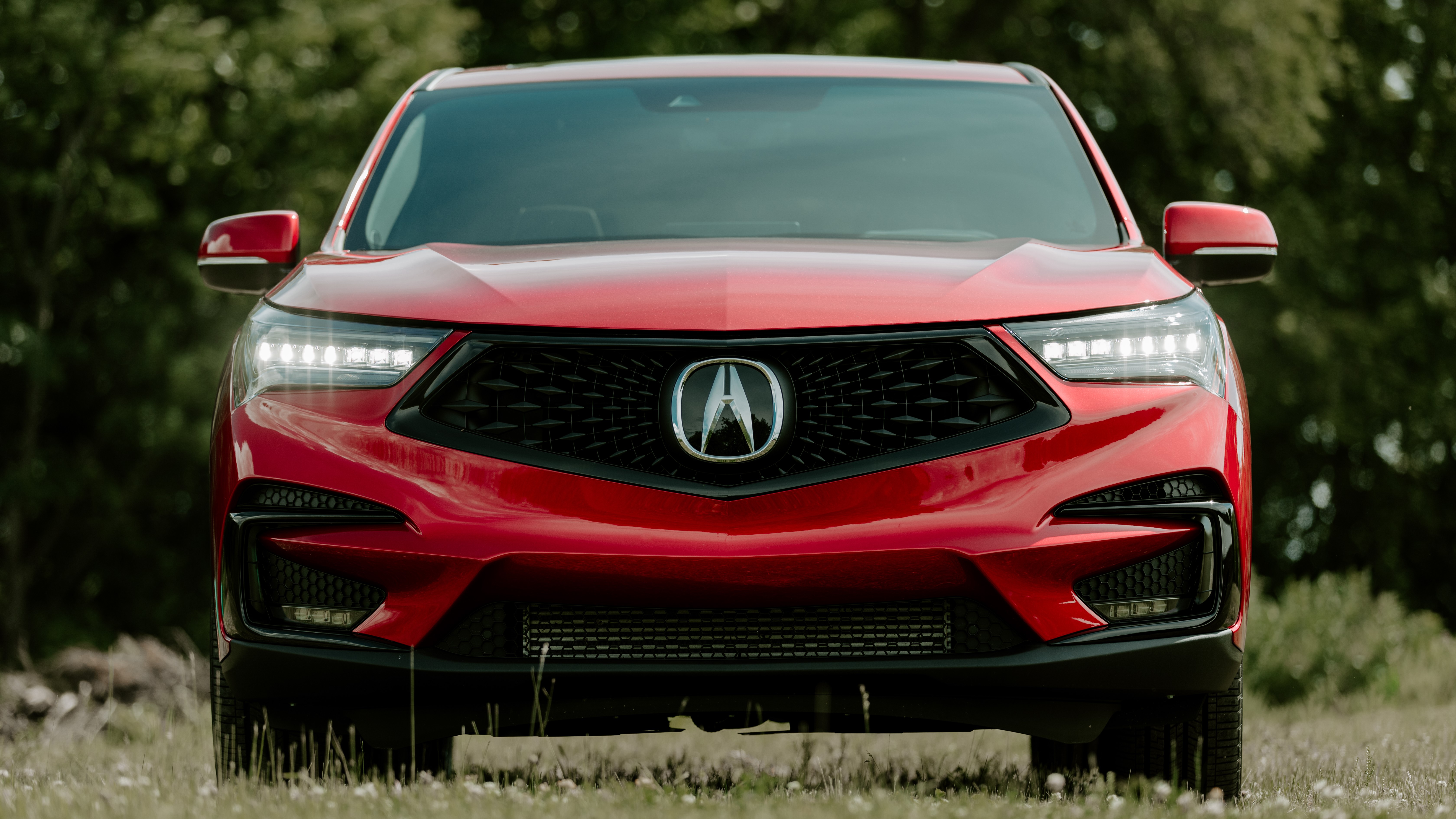
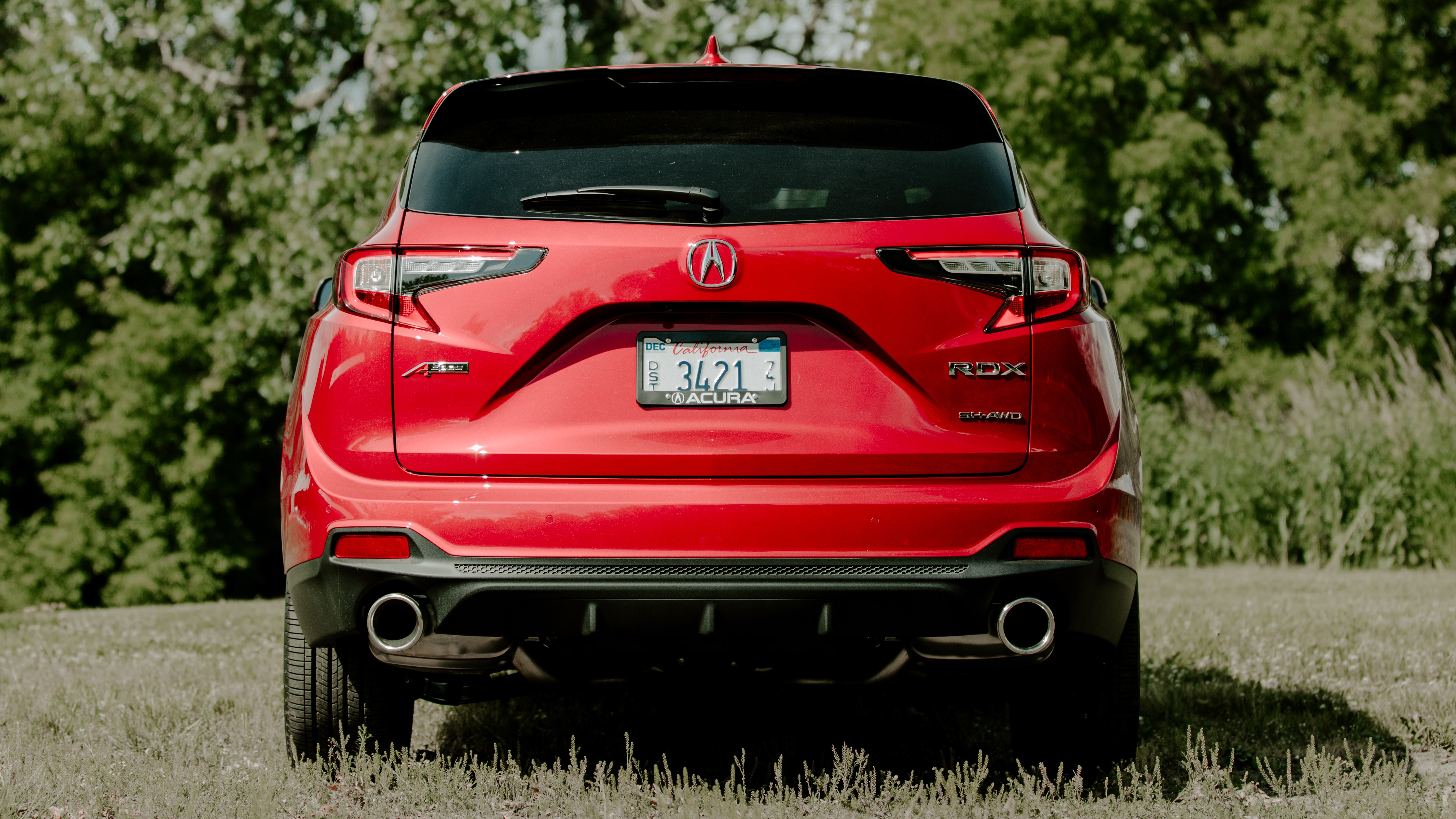
Of course, all I could think about was how this will help us control the interface for future autonomous cars, the day when the front dashboard of a car is nothing but a screen and we don’t even need to bother with knobs and buttons. With an interface that uses absolute position on a display that's maybe 12 inches wide or more, we can quickly select from a row of icons to adjust music, set waypoints for the robotic car to follow, and queue up movies.
As for what this will do to our brains, here’s my view; we will be far less stressed on the road. A jumpy cursor flying around the screen causes distraction and we have to think more about the cursor and the selections we’re making. Absolute positioning is a much smarter way to control the screen interface that’s also more immediate, which helps us relax.
For now, that means focusing on the road and driving the car. In the future, it might help us type up an email or even chat on Slack with our coworkers. Make it so, Acura.
On The Road is TechRadar's regular look at the futuristic tech in today's hottest cars. John Brandon, a journalist who's been writing about cars for 12 years, puts a new car and its cutting-edge tech through the paces every week. One goal: To find out which new technologies will lead us to fully self-driving cars.
John Brandon has covered gadgets and cars for the past 12 years having published over 12,000 articles and tested nearly 8,000 products. He's nothing if not prolific. Before starting his writing career, he led an Information Design practice at a large consumer electronics retailer in the US. His hobbies include deep sea exploration, complaining about the weather, and engineering a vast multiverse conspiracy.
